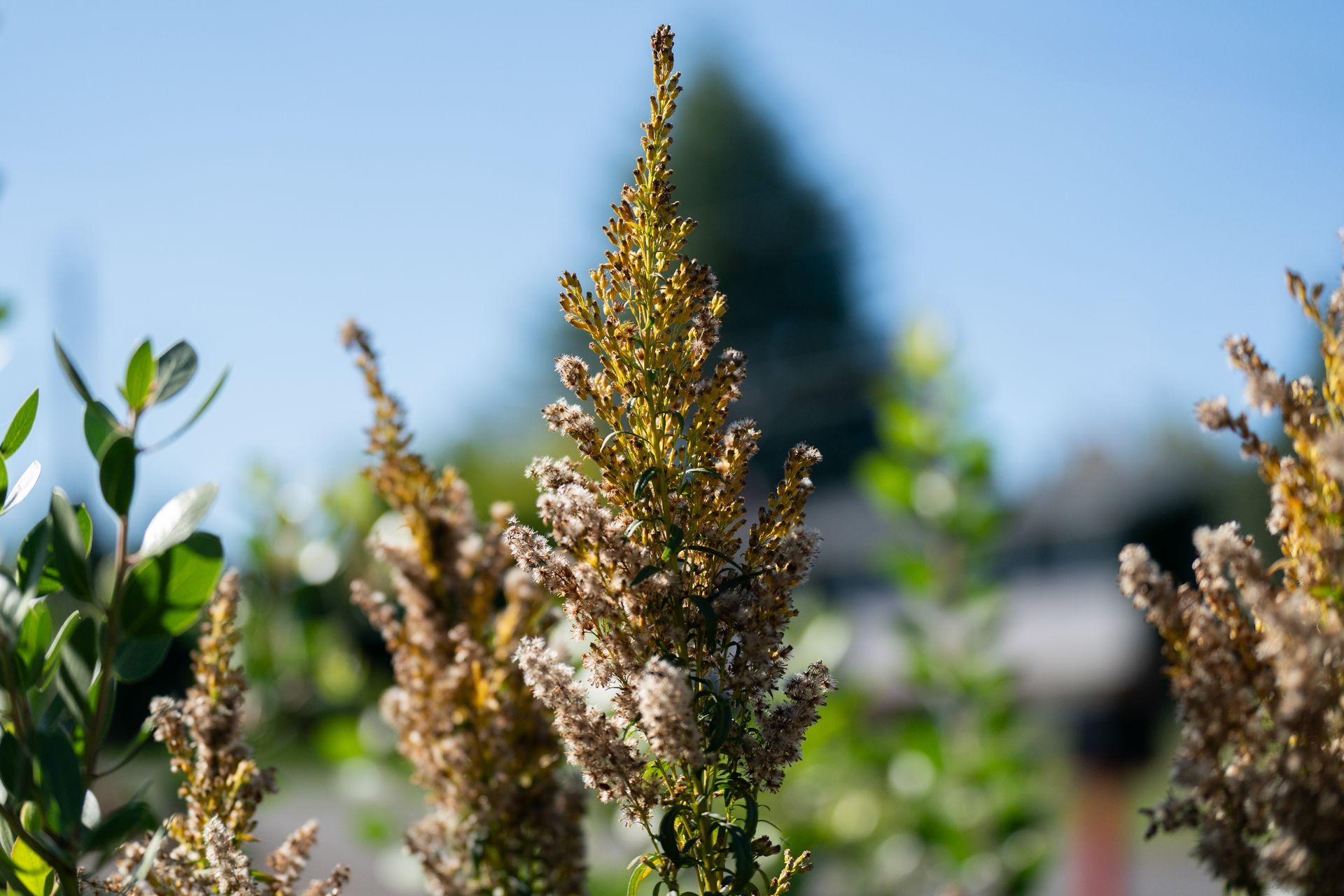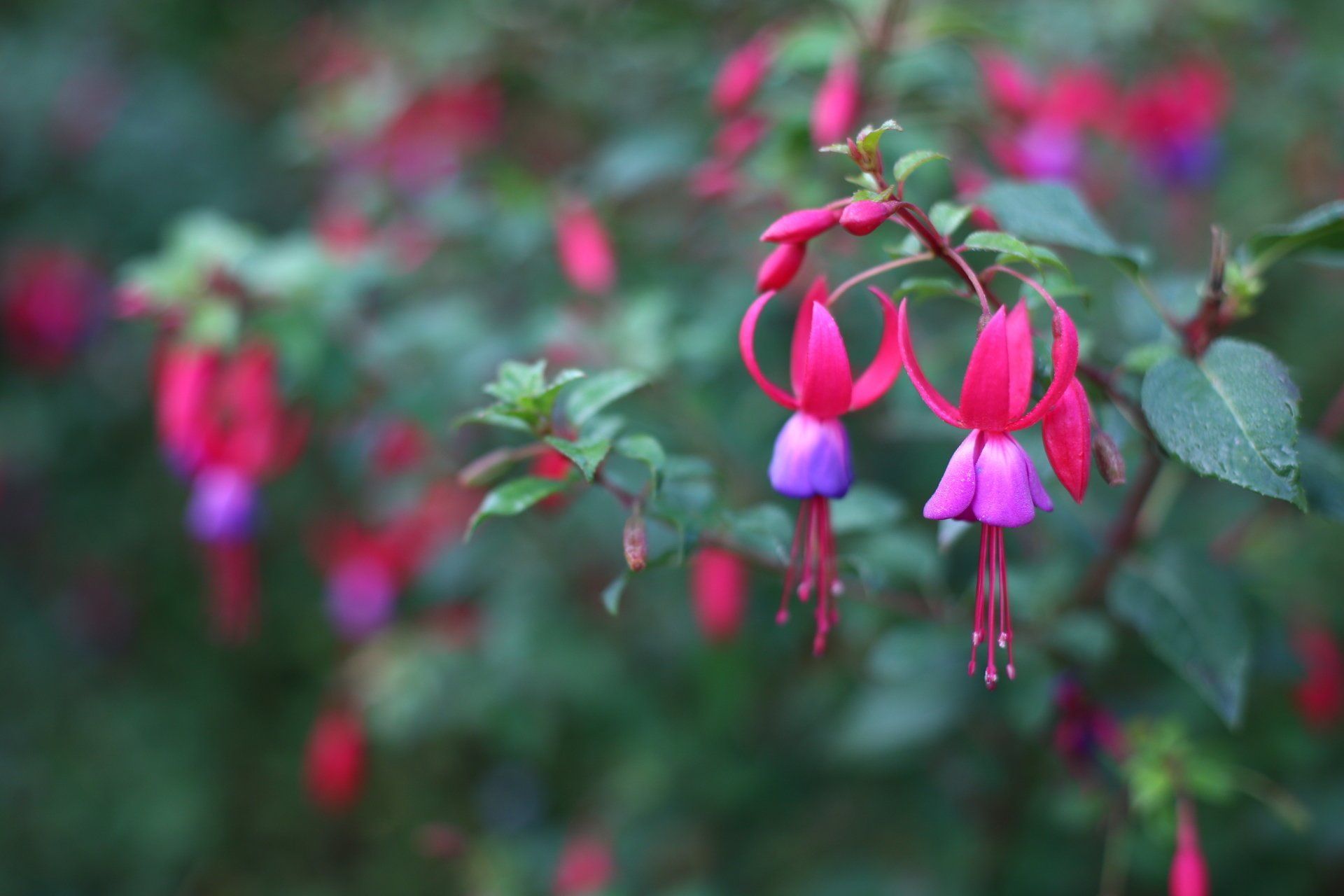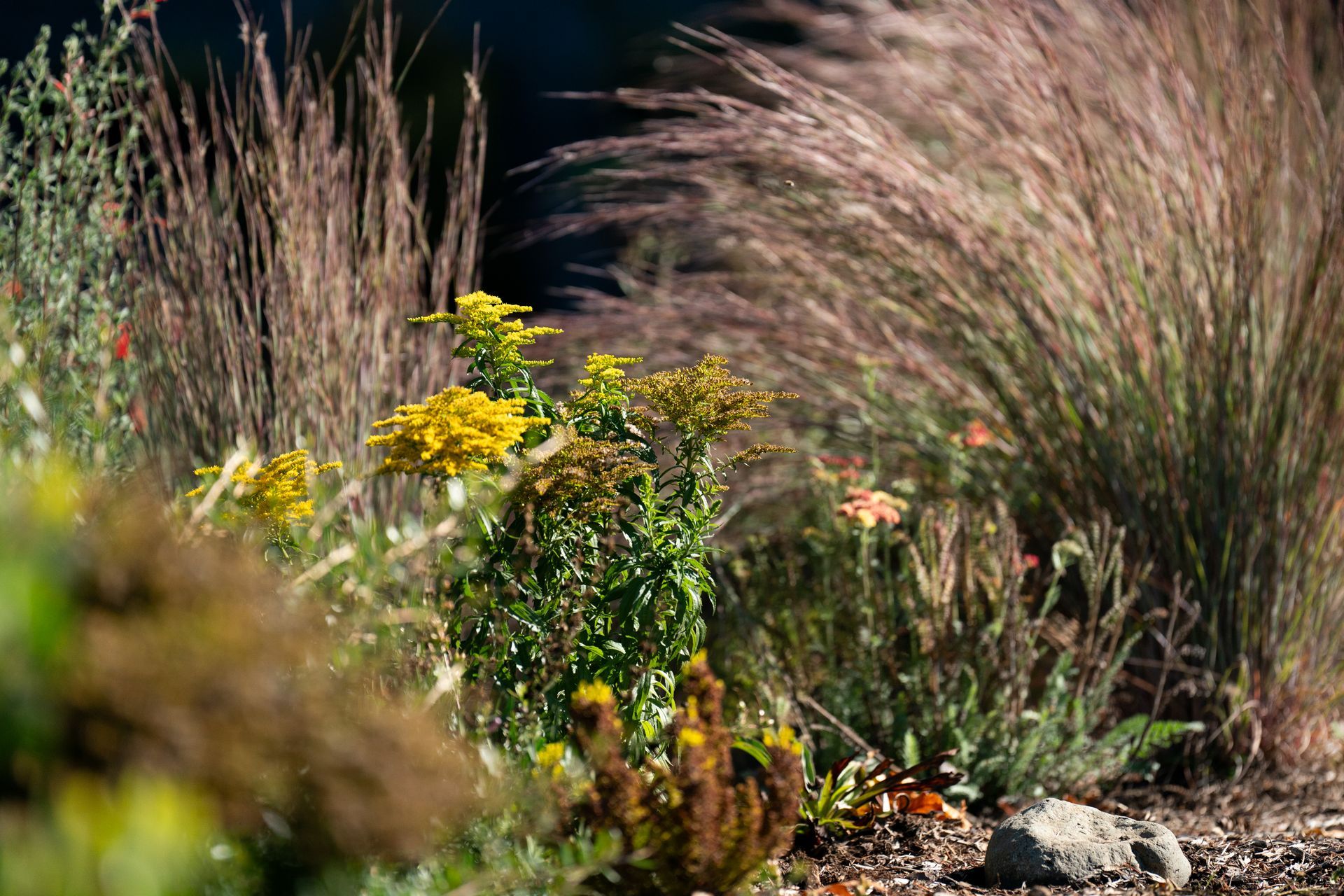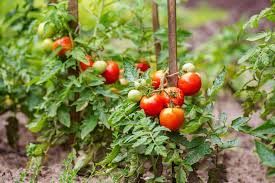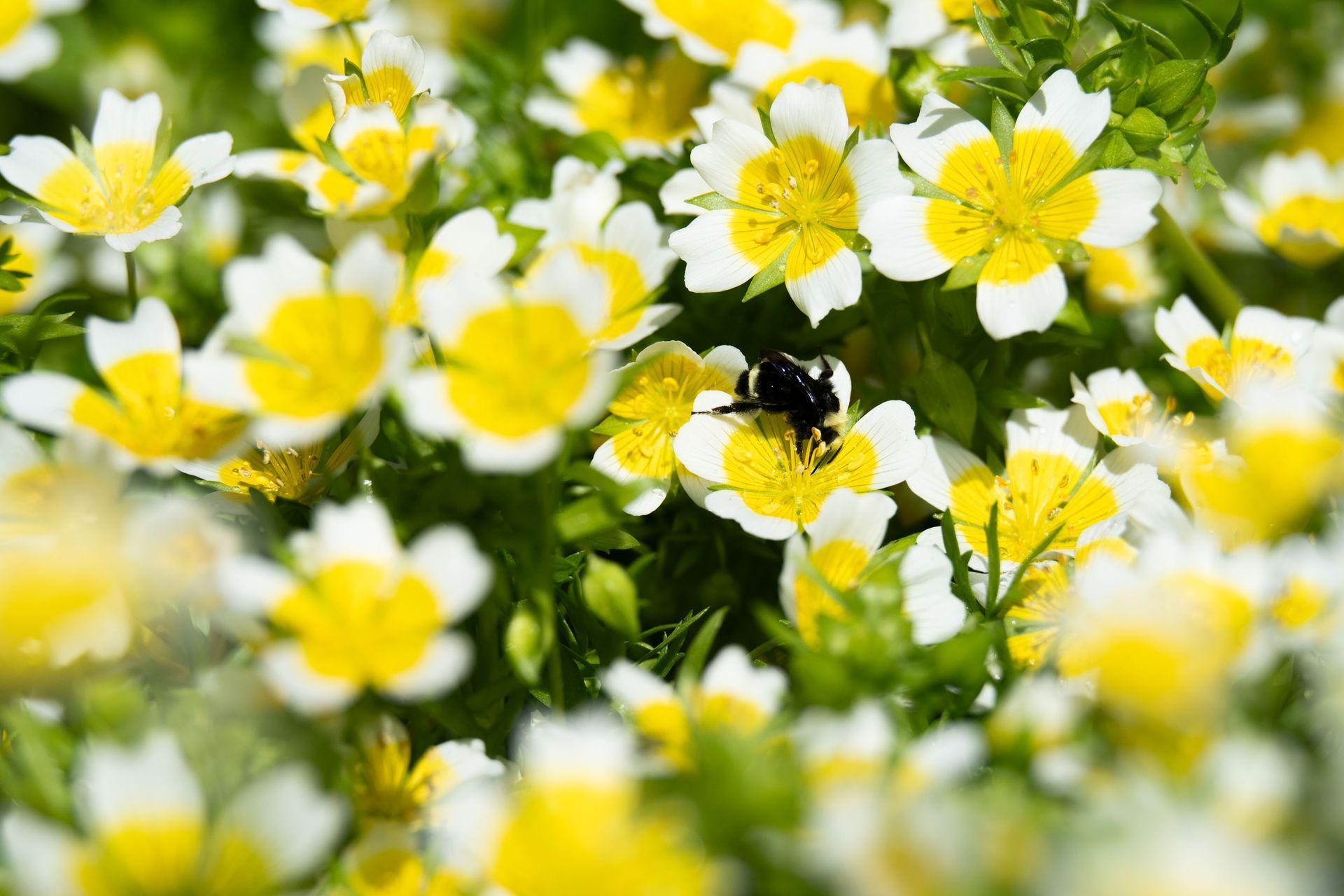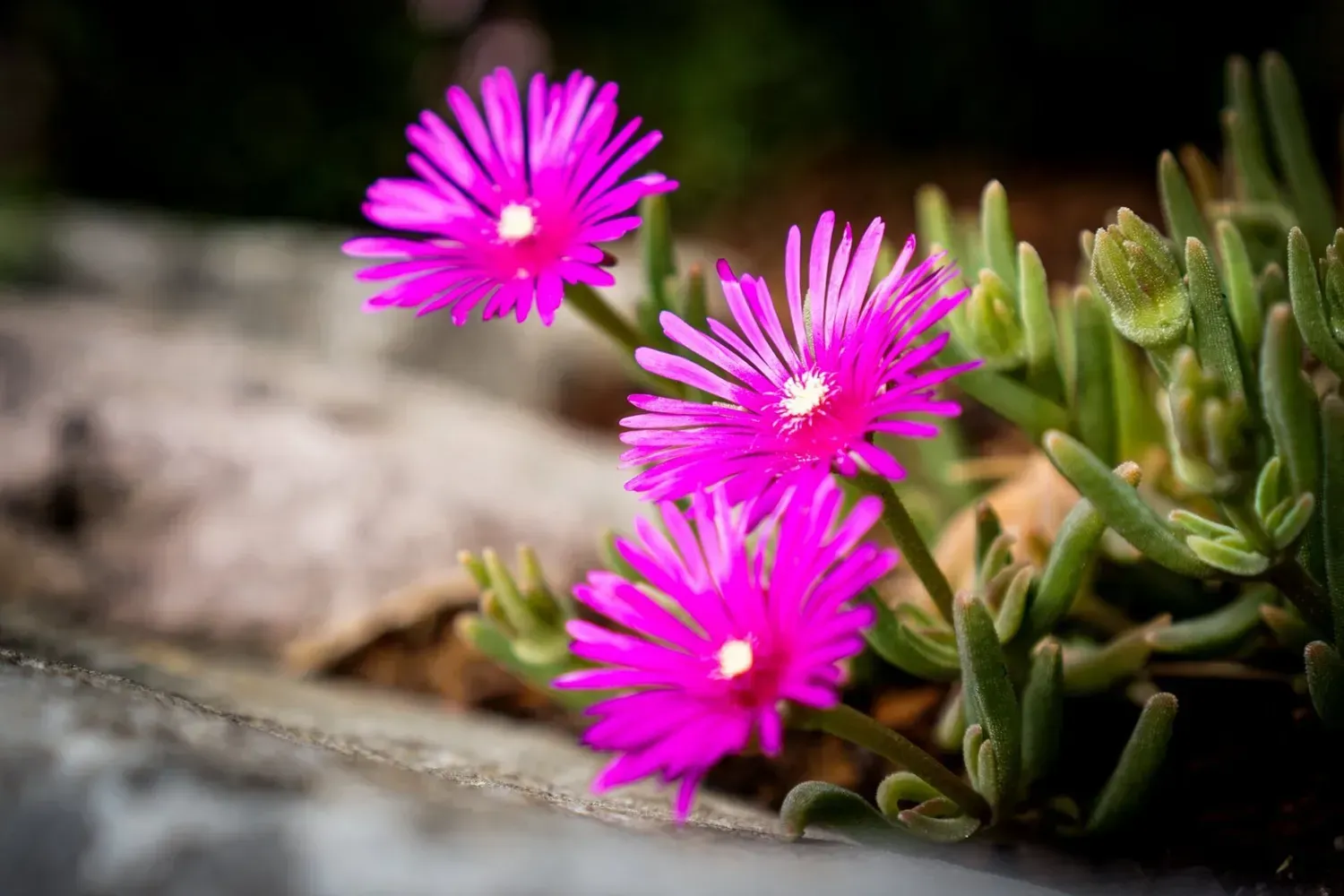Making Your Landscape More Fire Resistant
We have just experienced one of our worst fire seasons here in Western Oregon. Many members of our community were hit terribly by this experience having to suddenly evacuate their homes, returning to destroyed property and in some cases losing a loved one. Those of us who were less effected still had to cope with the days of intense smoke which kept us indoors.
The question has been asked, are there things that we can do to our landscapes to help make our homes, wherever it is located, more fire resistant? Yes, indeed there are!
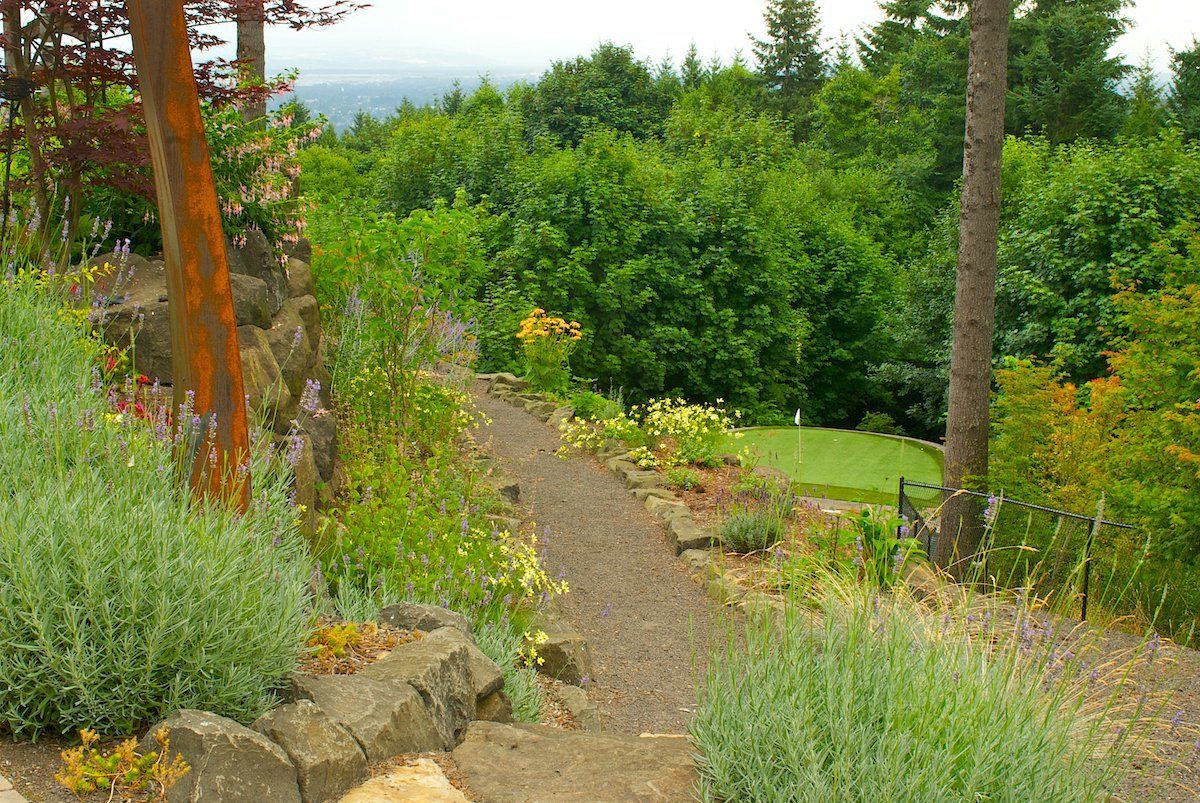
In Rural settings: It is important to think about what makes a fire, which is raging toward your house from the forest or coming across the neighbor’s wheat field, decide to stop or at least slow down and give you a chance to put it out.
- Green plants: Keep a green low buffer between you and the neighbors or the field or forest. That slows down a fire. A large green lawn between you and the combustibles is a very good deterrent. Green shrubs and trees which are well hydrated also do not burn quickly. However, NO conifers are recommended.
- Bark mulch VS Wood chips: If you have a bare soil area rather than lawn, around your house, do not cover it with bark mulches. Instead, use wood chip mulches (these are most easily gotten from Arborist chipping work). The wood chip mulch looks a bit different than the normal bark mulch. The wood chips are less expensive. Bark mulches that are normally what people use, and the natural bark of pine or fir these products have oils and waxes in them that burn quickly and prevent them from soaking up water. Wood chips from a chipper hold a great deal more water initially and they soak it up quickly if it is watered to prevent the spread of a fire. This makes wood chips much slower to ignite than bark.
- Rock chips/gravel: These are also a viable option for open areas and do not burn.
- No Rubber chips: Some people use these in landscapes, they can ignite quickly and burn with a terrific amount of smoke and off gassing. These are only recommended for children’s play areas.
- Create Zones: Though more of a financial investment one can create zones with stone walls, or with patios and paths of crushed gravel or other non-burnable material. These are most helpful if they are installed closer to the house.

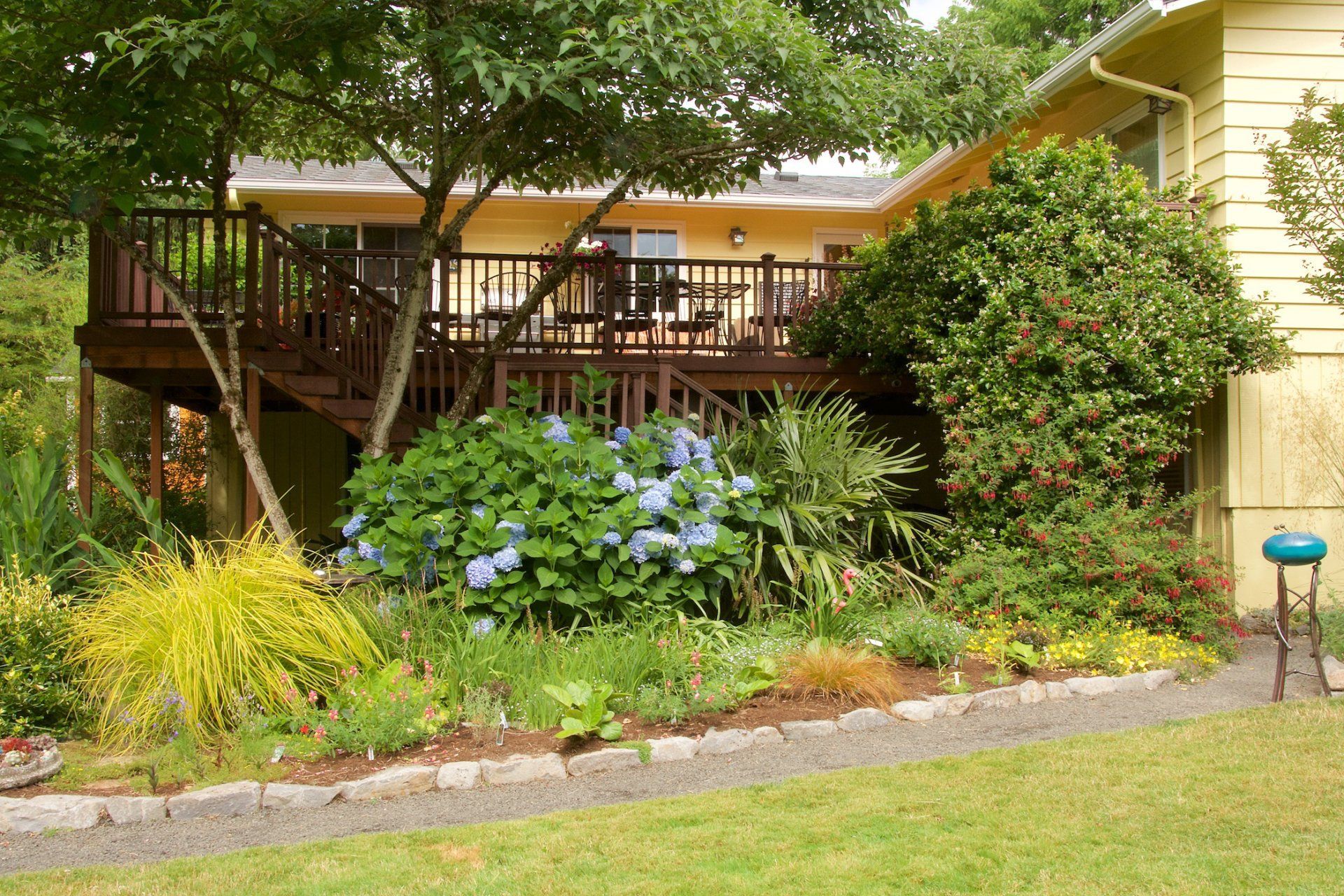
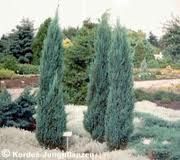
A Note About Conifers: While confiers are a beautiful and diverse category of plants they are unfortunately rather flammable. It is important to not plant them right next to your house.
Source: Linda Chalker-Scott Dr. Linda Chalker-Scott has a Ph.D. in Horticulture from Oregon State University and is an ISA certified arborist and an ASCA consulting arborist.
